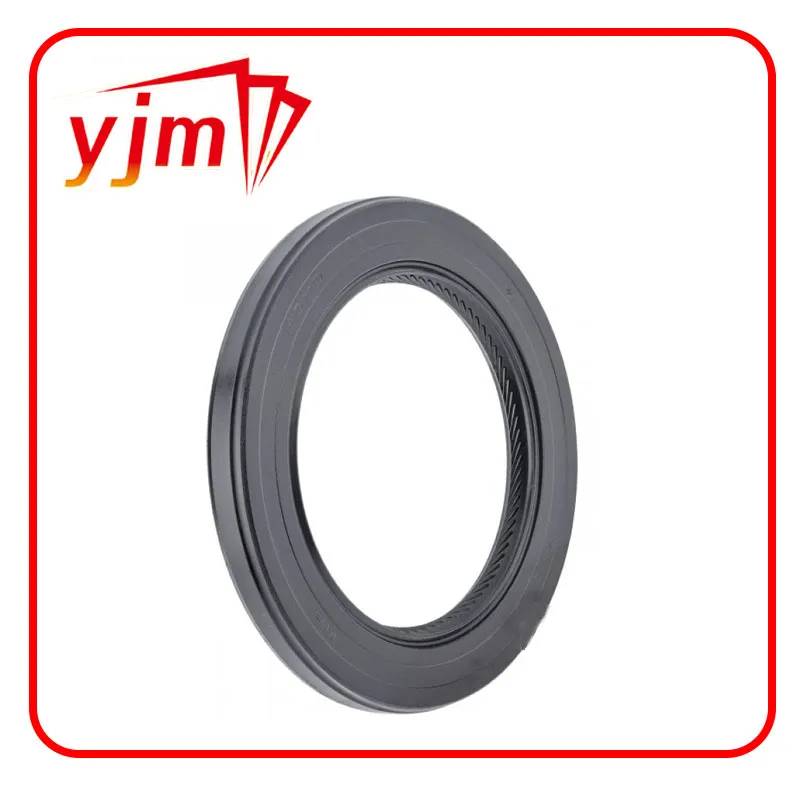Exploring the Differences Between O-Rings and X-Rings in Sealing Applications
Understanding O-Rings and X-Rings Essential Components in Mechanical Applications
In the realm of mechanical engineering and fluid dynamics, sealing solutions play a pivotal role in ensuring the efficiency and reliability of systems. Among the various sealing products available, O-rings and X-rings (also known as quad rings) are two of the most commonly used types. Their distinct designs and properties make them suitable for a wide range of applications, from automotive engines to industrial machinery.
What are O-Rings?
An O-ring is a circular sealing device, typically made from elastomeric materials like rubber or silicone. Its doughnut shape enables it to create a tight seal when placed in a groove and compressed between two mating surfaces. The advantages of using O-rings include their simplicity, effectiveness, and versatility. O-rings can be engineered to withstand a variety of temperatures, pressures, and chemical environments, making them suitable for diverse applications.
O-rings function by creating a static or dynamic seal. In static applications, such as pipe fittings, the O-ring compresses and fills the gap between two surfaces, preventing the leakage of fluids or gases. In dynamic applications, like hydraulic pistons, O-rings must accommodate movement while maintaining a seal. This dual functionality makes O-rings highly valuable in engineering designs.
Introduction to X-Rings (Quad Rings)
While O-rings have stood the test of time, X-rings have gained popularity for specific applications. The primary difference between an O-ring and an X-ring is their cross-sectional shape. An X-ring features a four-lobed design that resembles an X, which allows for better sealing performance. This design reduces friction during dynamic applications, making X-rings ideal for systems with relative motion.
X-rings are particularly advantageous in high-pressure applications due to their greater surface area in contact with the sealing surfaces. This larger contact area translates to improved sealing capabilities, minimizing the risk of leaks. Additionally, X-rings are less likely to extrude in high-pressure environments, enhancing their durability compared to traditional O-rings.
o ring x ring

Applications in Various Industries
Both O-rings and X-rings are widely used across various industries, including automotive, aerospace, oil and gas, pharmaceuticals, and consumer products. In the automotive sector, O-rings seal critical components such as fuel injectors and pumps, ensuring optimal performance and safety. In aerospace, where reliability is paramount, X-rings provide effective sealing solutions for hydraulic systems and landing gear.
In the oil and gas industry, where equipment often operates in extreme conditions, both O-rings and X-rings are essential for preventing leaks in pipelines and drilling equipment. Additionally, the pharmaceutical industry relies on these seals for maintaining sterile conditions in equipment such as mixers and filters.
Selecting the Right Seal
When choosing between O-rings and X-rings, several factors must be considered, including the application's pressure, temperature, chemical compatibility, and dynamic motion. The material of the seal is crucial, as different materials offer various levels of resistance to heat, chemicals, and wear. Engineers must conduct thorough analyses to ensure that the selected seal meets the specific demands of the application.
Conclusion
In conclusion, O-rings and X-rings are integral components in modern engineering, offering dependable sealing solutions across various industries. Understanding their properties, advantages, and applications enables engineers and designers to make informed choices that enhance the performance and reliability of their systems. Whether it’s an O-ring’s simplicity or an X-ring’s enhanced sealing capability, both types of seals play a vital role in the success of countless mechanical applications, demonstrating the importance of effective sealing in today’s technology-driven world.
-
The Ultimate Guide to Boat Propeller Bearings and Trailer Wheel Bearings
News Jul.31,2025
-
The Essential Guide to Marine Bearings and Boat Trailer Wheel Bearings
News Jul.31,2025
-
The Complete Guide to Heavy Duty Seals: Protecting Doors and Spaces Efficiently
News Jul.31,2025
-
Essential Guide to Marine Shaft Bearings and Boat Trailer Axle Bearings
News Jul.31,2025
-
Comprehensive Guide to Marine and Trailer Bearings for Safe Boating and Transport
News Jul.31,2025
-
Comprehensive Guide to Automotive Oil Seals: Protecting Your Engine and Shafts
News Jul.31,2025
-
Understanding Automotive Oil Seals: Essential Components for Engine and Shaft Protection
News Jul.30,2025
Products categories















